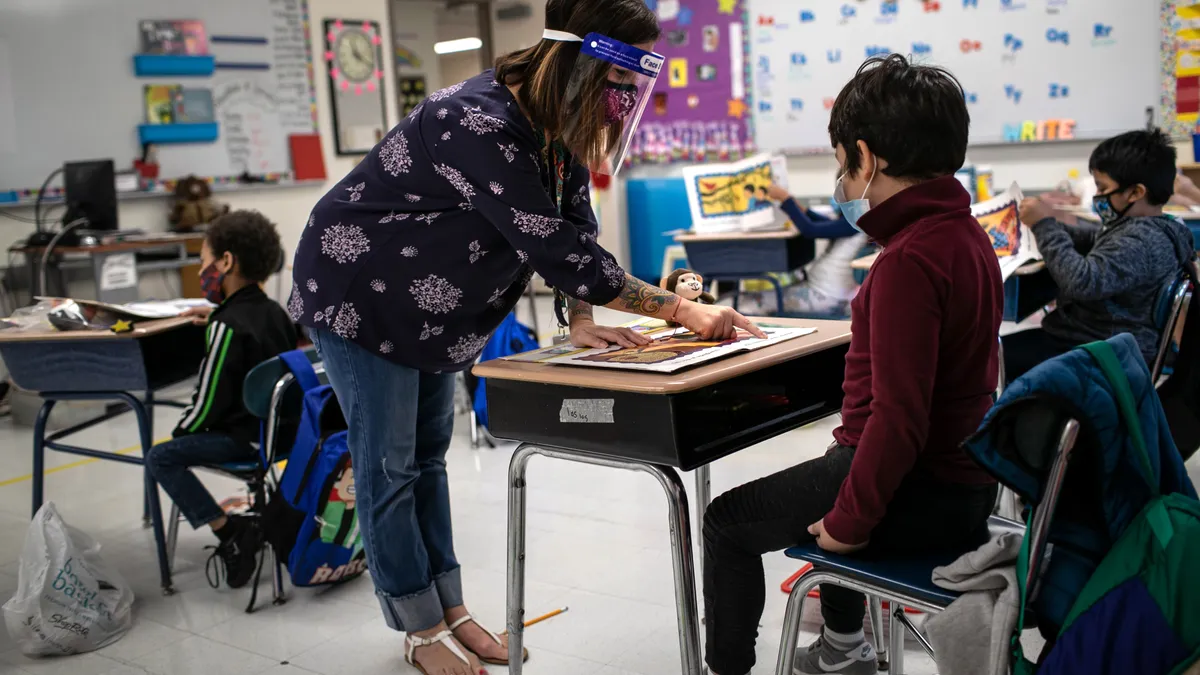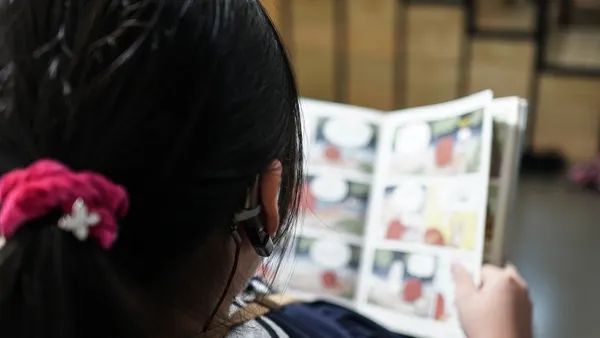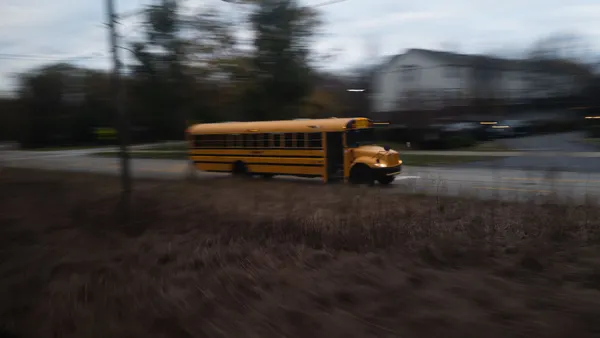Dive Brief:
- To support her students in their literacy needs,1st grade teacher Lisa Hanifan changed the way she worked with her classes by adopting a range of new curricula strategies, she writes for Edutopia.
- Phonemic awareness topped Hanifan's list. She started by spending about 10 minutes a day focusing on phonemes, built a sound wall rather than a word wall, and used a Slinky, having students move the toy as they blended sounds into words or articulated one sound at a time.
- Additionally, Hanifan looked at how she chose reading materials for her classroom, picking those that used phonics patterns and represented her community of students. She also focused on having students sound out high frequency words phonetically.
Dive Insight:
Experts have linked students’ future educational success to their ability to read at grade level by the end of the 3rd grade. But when it comes to literacy strategy, there isn’t a specific model or one-size-fits-all approach that works for every learner. Instead, teachers and curriculum designers can investigate multiple options, seeding them throughout lesson plans.
Various approaches have shown promise in reducing the reading gap. Among them is Reading Reimagined, which is matching tools such as decoding and phonics with solutions that teachers can apply in the classroom.
Teachers may also want to explore reading stories that reflect their students’ backgrounds, which research has shown can create a more positive literacy experience for students of color. Educators can even look at the success of the free digital game Wordle for inspiration in designing their own phonics, spelling and literacy lessons.
For schools and districts with deeper resources, there is evidence that when Title I aides, rather than paraprofessionals, work directly with struggling readers, students can achieve higher reading scores. Teaching assistants can also impact reading achievement when they work with students of color and in high-poverty schools.
Several states are putting not just resources but laws behind efforts to boost literacy skills among younger students. And New York City Schools Chancellor David Banks recently proposed a plan to retrain early childhood teachers in phonics as part of efforts to improve reading levels.














